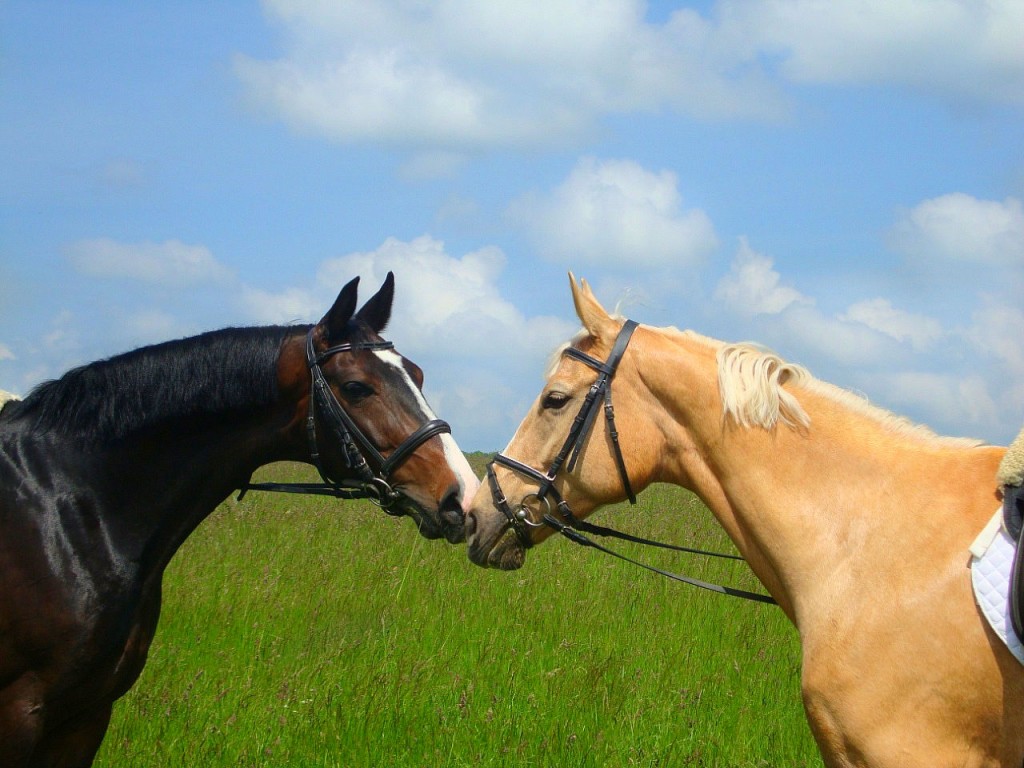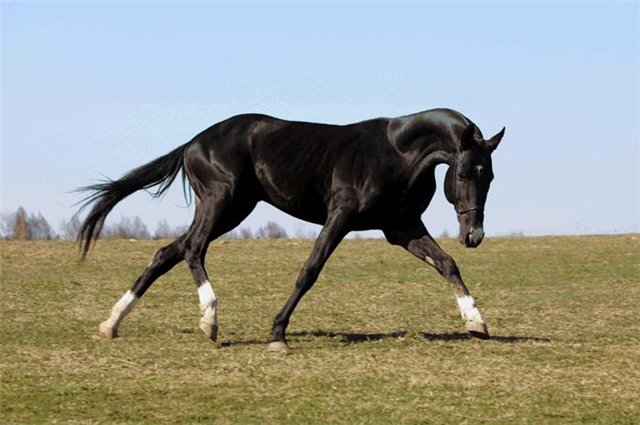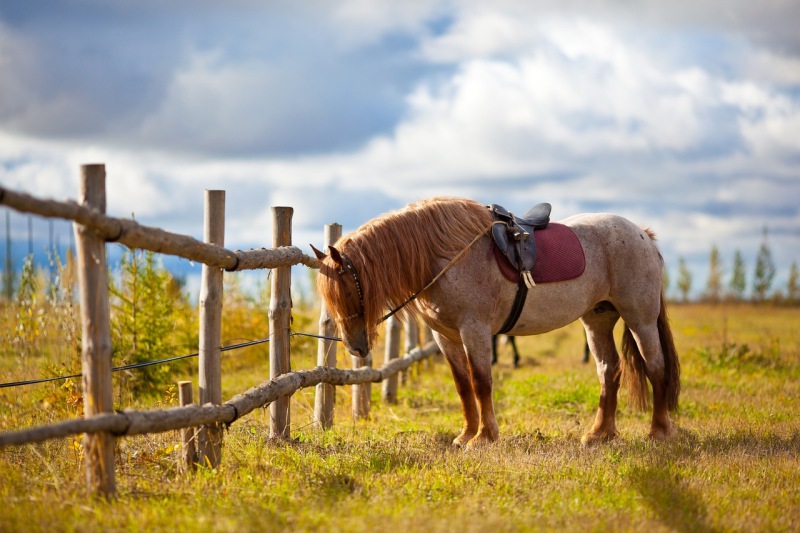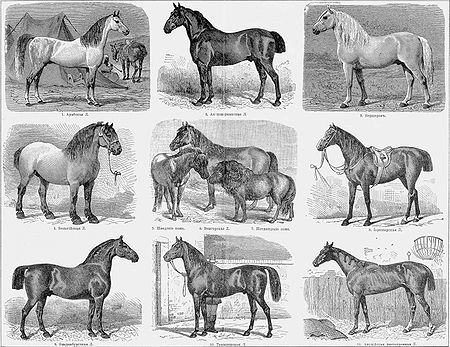Massive type
American curly horse
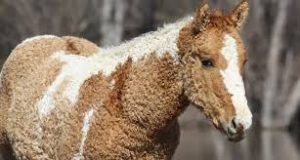 Folk selection
Folk selection
Enterprising farmers decided to cross caught mustangs with their own horses. Soon this initiative was supported by their neighbors. So in the selection process was attended not only the horse Morgan, a breed popular in those days, but even purebred Arabian horses.
Officially, the new breed was registered in 1971 under the name American Bashkir Curly Horse (American Curly Bashkir).
Currently, it allows many varieties. Only the presence of curly wavy hair is common.
American Curly Horse Photo
It has been documented that similar horses were among the Sioux and Crow Indians at the beginning of the 19th century. Presumably, they came to them from Russian settlers who allegedly brought Transbaikal curly horses (Bashkirs) to the American continent. Continue reading
OSSETIAN ROCK HORSE (part 3)
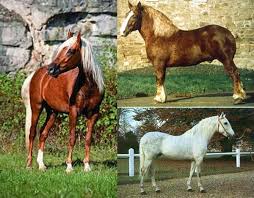 Archaeological material belonging to the Scythian period reflects close contacts between Iranian-speaking nomads and Caucasian tribes. Particularly intense interaction took place in the Central Caucasus. Under the influence of the ancient Iranians, local tribes underwent changes in military affairs. They began to use cavalry in the war, especially in the 7th-6th centuries. BC, during the stay in the open spaces of the North Caucasus Scythians. From time to time, their numerous equestrian squads made successful campaigns from here to the countries of the Near East. During this period, cavalry became the dominant branch of the Caucasian tribes. Together with equestrian battle tactics, Caucasian tribes adopt the horse itself from the Scythians. Part of the Scythians, and in the VI-V centuries. BC. and savromatov, mixed with cobans who lived in the foothills. The presence of nomadic burials in the mountainous regions of the Central Caucasus dating back to the 7th-6th centuries. Continue reading
Archaeological material belonging to the Scythian period reflects close contacts between Iranian-speaking nomads and Caucasian tribes. Particularly intense interaction took place in the Central Caucasus. Under the influence of the ancient Iranians, local tribes underwent changes in military affairs. They began to use cavalry in the war, especially in the 7th-6th centuries. BC, during the stay in the open spaces of the North Caucasus Scythians. From time to time, their numerous equestrian squads made successful campaigns from here to the countries of the Near East. During this period, cavalry became the dominant branch of the Caucasian tribes. Together with equestrian battle tactics, Caucasian tribes adopt the horse itself from the Scythians. Part of the Scythians, and in the VI-V centuries. BC. and savromatov, mixed with cobans who lived in the foothills. The presence of nomadic burials in the mountainous regions of the Central Caucasus dating back to the 7th-6th centuries. Continue reading
Russian heavy truck is an excellent muscular horse
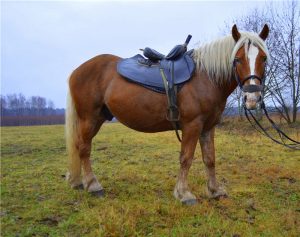 Representatives of this breed are quite frisky and small in comparison with other heavy trucks. Horses have a muscular body, a medium-sized head with a straight profile. The animals have a thick mane, and there are also brushes on the limbs. The horses’ neck is wide, short and fleshy, the back is soft, the lower back is even and powerful. Croup – bifurcated, with a normal slope and width. Photo of a Russian heavy-horse breed horse The limbs of Russian heavy-duty vehicles are short, but strong and dry, hind legs are often saber fenders. The color of the breed is usually red-roan, bay, and only occasionally – black individuals. Modern representatives reach 150 cm at the withers. The average chest circumference is 184 cm, the oblique length is 154 cm, and the metacarpal circumference is 21 cm. The mass of males is up to 700 kg, females up to 600 kg.
Representatives of this breed are quite frisky and small in comparison with other heavy trucks. Horses have a muscular body, a medium-sized head with a straight profile. The animals have a thick mane, and there are also brushes on the limbs. The horses’ neck is wide, short and fleshy, the back is soft, the lower back is even and powerful. Croup – bifurcated, with a normal slope and width. Photo of a Russian heavy-horse breed horse The limbs of Russian heavy-duty vehicles are short, but strong and dry, hind legs are often saber fenders. The color of the breed is usually red-roan, bay, and only occasionally – black individuals. Modern representatives reach 150 cm at the withers. The average chest circumference is 184 cm, the oblique length is 154 cm, and the metacarpal circumference is 21 cm. The mass of males is up to 700 kg, females up to 600 kg.
There are three lines of Russian heavy trucks: Continue reading
